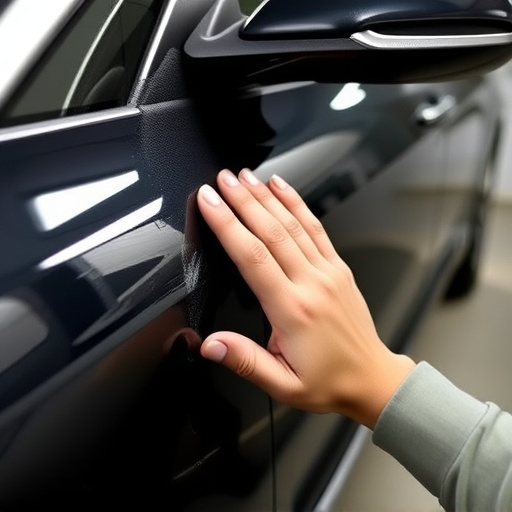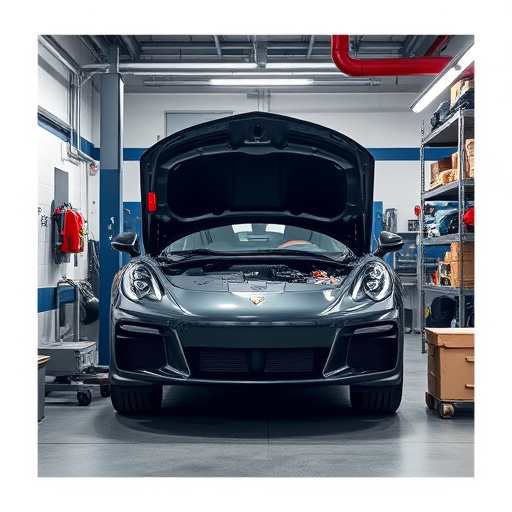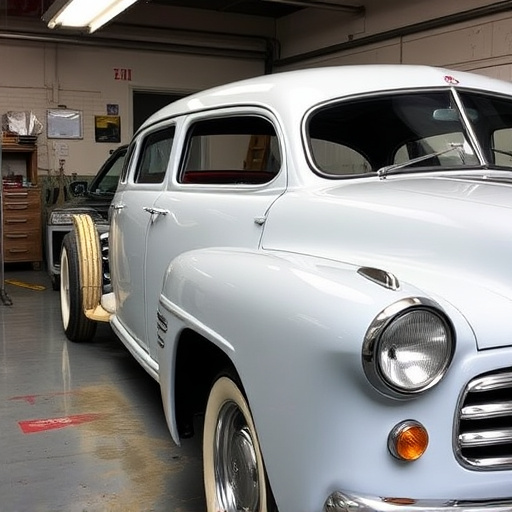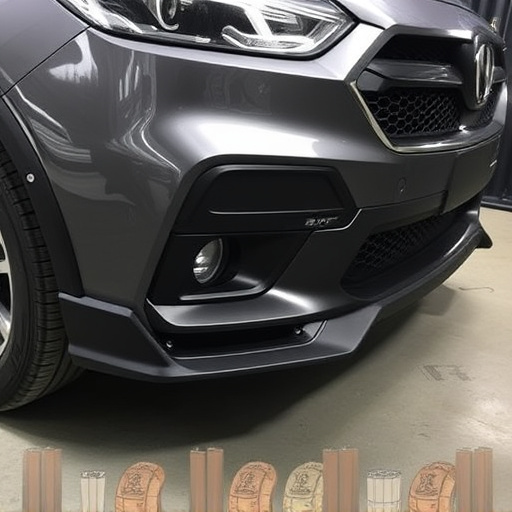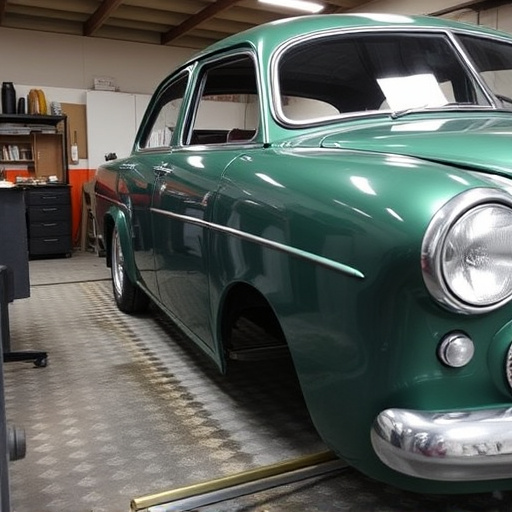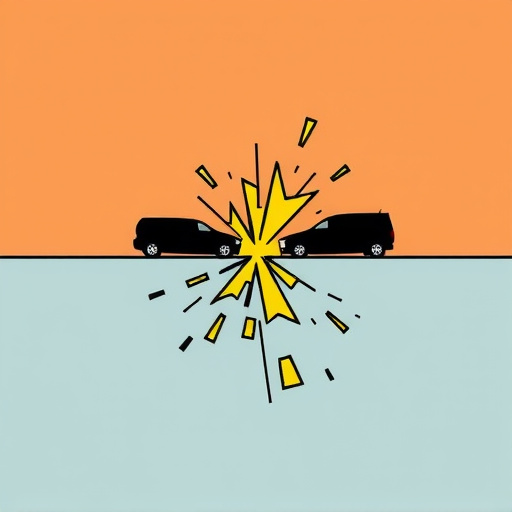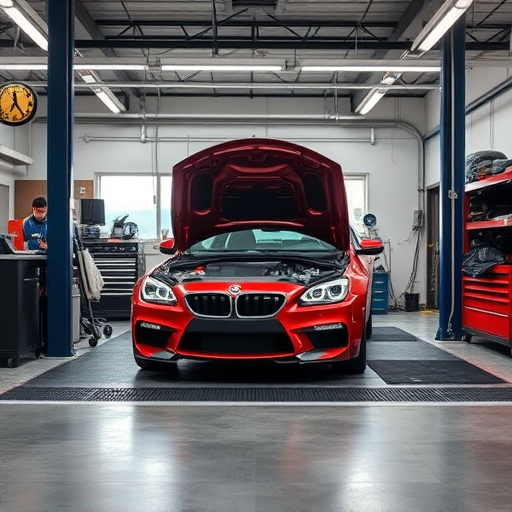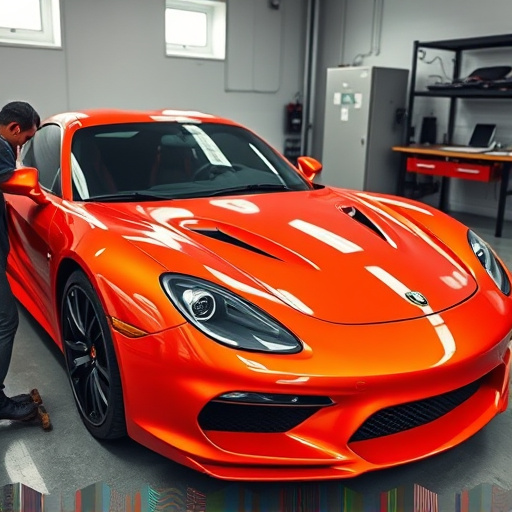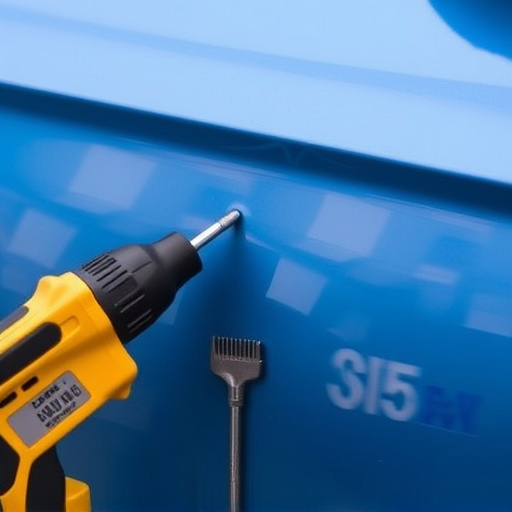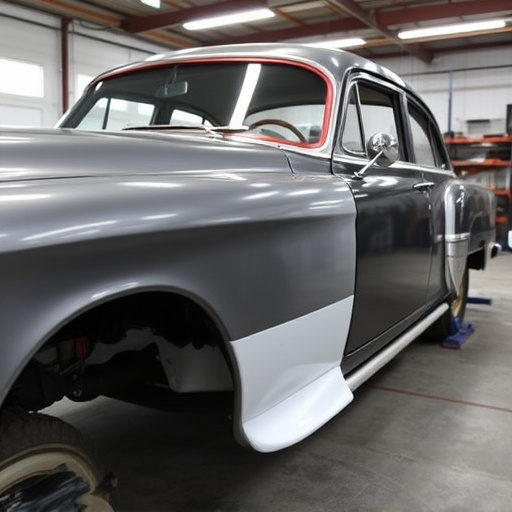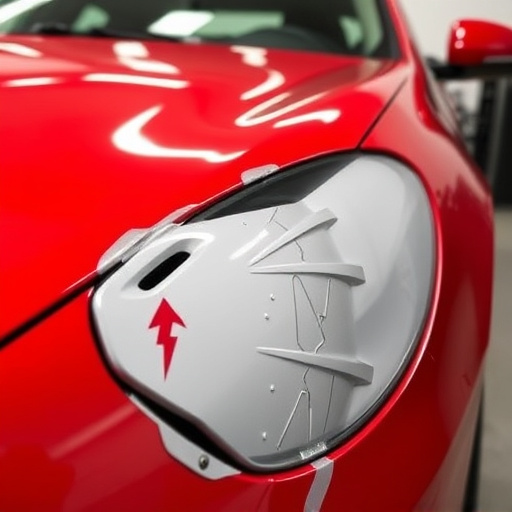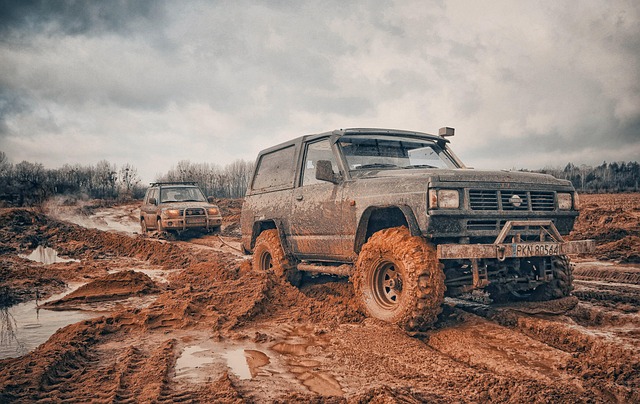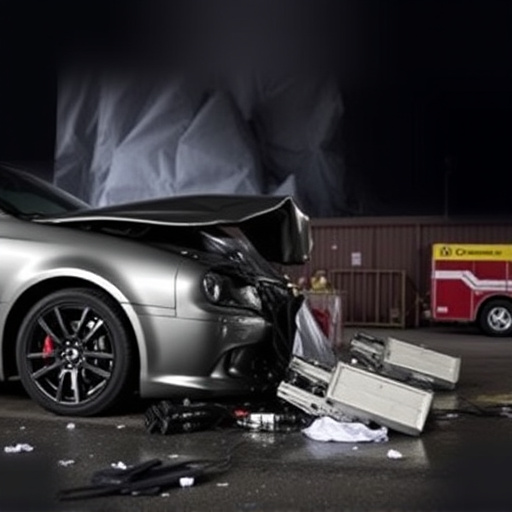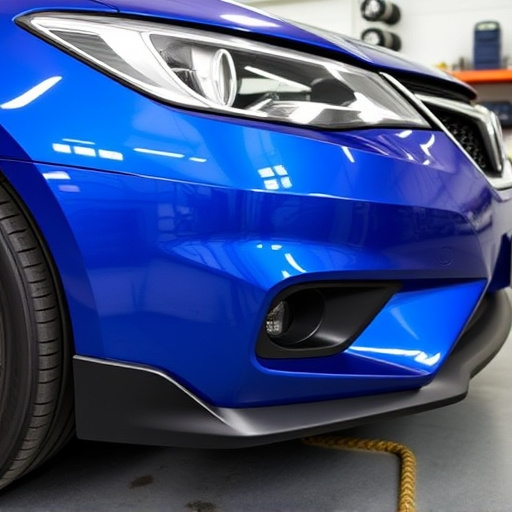Radiator collision repair is vital for engine health and performance after accidents. Damaged radiators can cause overheating, structural issues, and water damage. Prompt repair restores cooling efficiency, prevents further engine harm, and addresses associated cosmetic problems with professional auto services. Skilled technicians inspect, replace parts, realign components, and test for leaks in a meticulous process.
Radiator collision repair is an essential service that prevents engine damage, ensuring your vehicle’s optimal performance. Radiators, vital cooling systems, are susceptible to harm from collisions, leading to potential engine overheating and other critical issues. This article guides you through understanding the basics of radiators, recognizing engine damage risks, and mastering the step-by-step process of radiator collision repair. By delving into these aspects, you’ll gain valuable insights into maintaining your vehicle’s health.
- Understanding Radiator Basics: Key Components and Functions
- Impact of Collisions: Potential Engine Damage Scenarios
- Repair Process: Step-by-Step Guide to Preventing Further Harm
Understanding Radiator Basics: Key Components and Functions
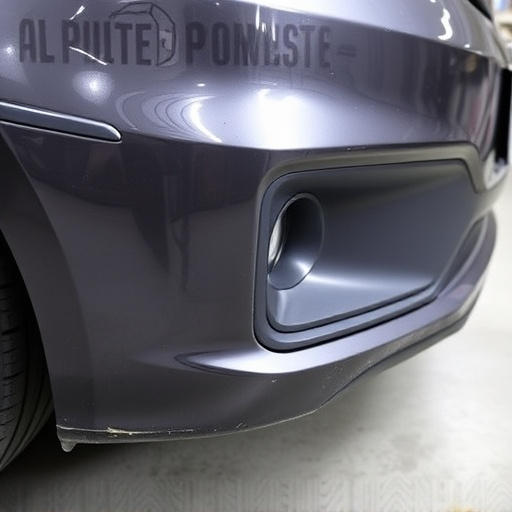
The radiator, a vital component of any vehicle’s cooling system, plays a crucial role in maintaining engine performance and longevity. At its core, it functions as a heat exchanger, facilitating the transfer of heat from the engine to the surrounding air or liquid coolants. This process is essential to prevent overheating, which can lead to severe engine damage. A radiator collision repair becomes necessary when this vital system sustains damage due to accidents or other impacts.
Key components of a radiator include the core, radiators fans, and the associated pipes and valves. The core, typically made of metal, consists of numerous tiny passages through which coolant flows. Radiator fans aid in forcing air across these passages, enhancing heat dissipation. During a collision, these parts can be affected, resulting in blockages, leaks, or structural damage. Prompt radiator collision repair is essential to restore optimal cooling performance, thereby safeguarding the overall health and efficiency of automotive body work and preventing further complications, including car paint repair needs due to water damage or corrosion.
Impact of Collisions: Potential Engine Damage Scenarios
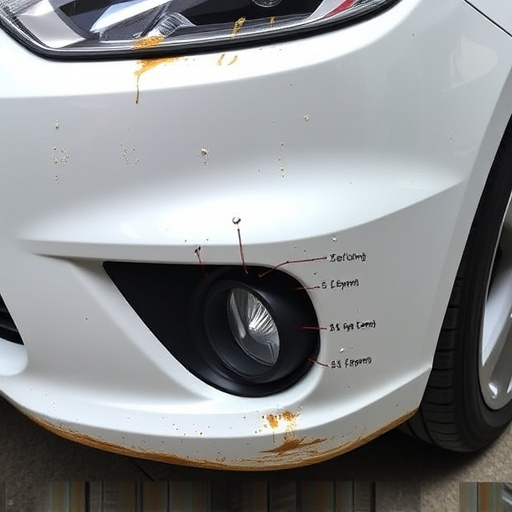
In the event of a collision, even minor ones, a vehicle’s engine can suffer significant damage. The engine is a complex and delicate system, and any impact can cause stress and strain on its components. One of the most vulnerable parts is the radiator, which plays a crucial role in cooling the engine. A crash or collision can result in a cracked or damaged radiator, leading to overheating issues and potentially causing further harm to related parts like the water pump, head gasket, and even the engine block.
Additionally, collisions can lead to misalignment of engine components, poor lubrication, and oil leaks. These scenarios may cause internal damage, reduce engine performance, and in severe cases, render the engine unusable. Radiator collision repair is a proactive measure that addresses these potential issues. It involves meticulous inspection, replacement or repair of damaged parts, and realigning components to ensure optimal functioning. By relying on professional fleet repair services or auto repair services, car restoration can be achieved, minimizing the risk of further engine damage and maintaining the overall health of the vehicle’s powerplant.
Repair Process: Step-by-Step Guide to Preventing Further Harm
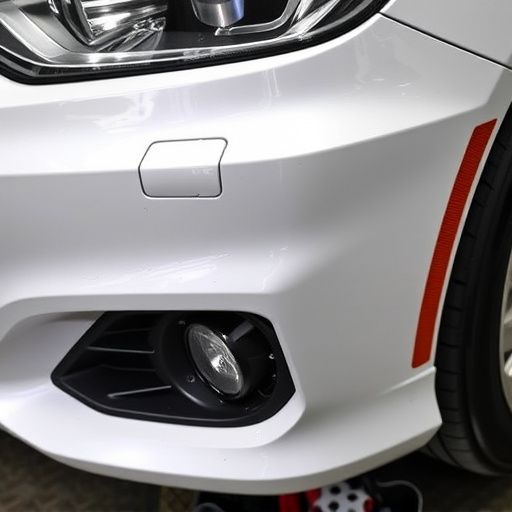
The radiator collision repair process is a meticulous art that involves several crucial steps to ensure not only the restoration of your vehicle’s exterior but also its internal integrity. It begins with a thorough inspection, where skilled technicians identify the extent of damage to the radiator and surrounding components. This includes examining the impact on cooling systems, as even minor collisions can disrupt fluid flow, leading to overheating issues post-repair if left unaddressed.
Next, the collision repair shop facilitates the acquisition of genuine replacement parts, prioritizing those that match the vehicle’s make and model for optimal compatibility. The old radiator is carefully removed, taking care not to damage adjacent parts, followed by a meticulous cleaning process to eliminate any debris or contaminants. Once ready, the new radiator is installed, sealed, and tested for leaks, ensuring a seamless fit. Additional services like car dent removal might also be offered to address cosmetic damages, completing the restoration process from the inside out.
Radiator collision repair is a vital step in not only restoring your vehicle’s aesthetics but also preventing severe engine damage. By understanding the basic components and functions of a radiator, being aware of potential collision-induced engine harm, and following a structured repair process, you can ensure your car’s longevity and performance. This comprehensive guide highlights the importance of prompt action to mitigate further damage, making radiator collision repair a key component in vehicle maintenance.
